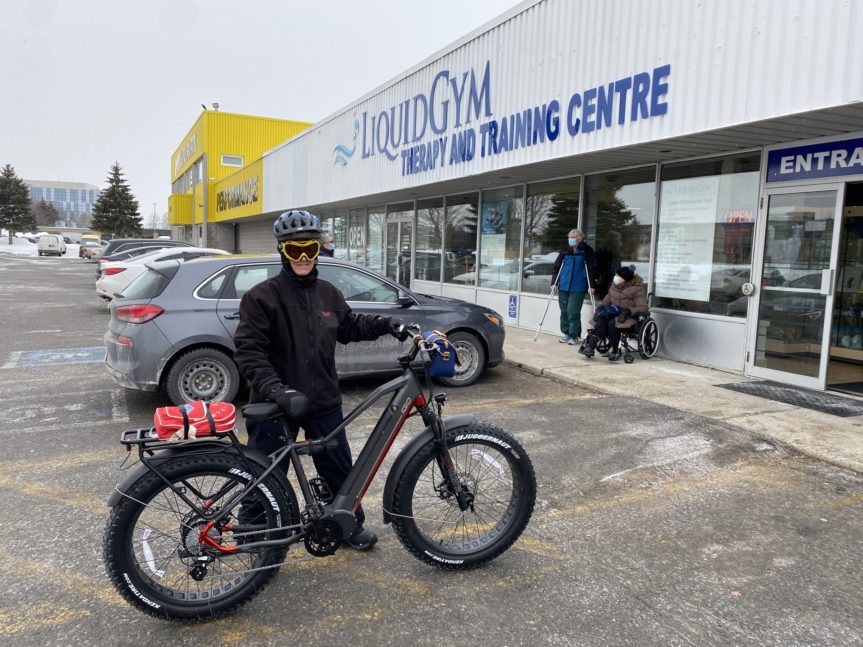
What are the new physical activity guidelines? How much activity do you need?
Approximately 1 in 3 women and 1 in 4 men do not get enough physical activity (1).
Strong evidence shows that physical inactivity increases the risk of many adverse health conditions including coronary heart disease, type 2 diabetes, breast and colon cancers, and shortens life expectancy (2).
In this post we will explain what exactly is considered physical activity and let you know the current recommendations from the World Health Organization (WHO). The goal is to increase physical activity and decrease sedentary behavior to improve health.
So what is physical activity anyway?
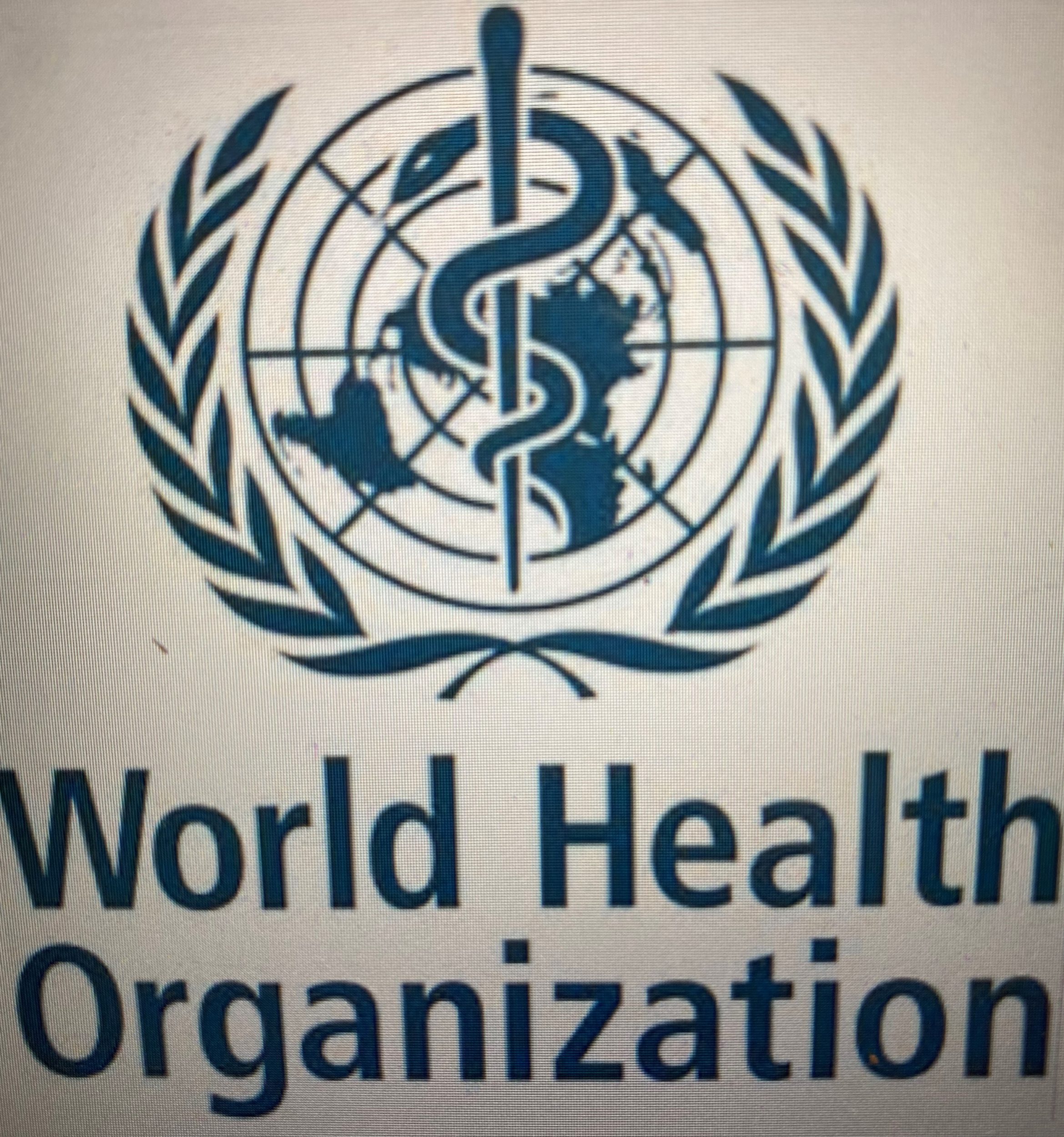
The World Health Organization defines physical activity as any bodily movement produced by skeletal muscles that requires energy expenditure (1). This means that basically all movement will count toward your physical activity goals. This can include anything from walking the dog, gardening, or cleaning the house to a structured exercise program or sporting activity.
Why is regular physical activity so important?
- Physical activity reduces the risk of hypertension, coronary heart disease, stroke, diabetes, and certain cancers (1)
- Improves muscular and cardiorespiratory fitness (1)
- Improves bone and functional health (1)
- Can reduce symptoms of anxiety and depression (1)
- Helps to maintain a healthy body weight (1)
- Reduces the risk of falls in older adults (1)
- Can improve cognitive health and sleep (1)
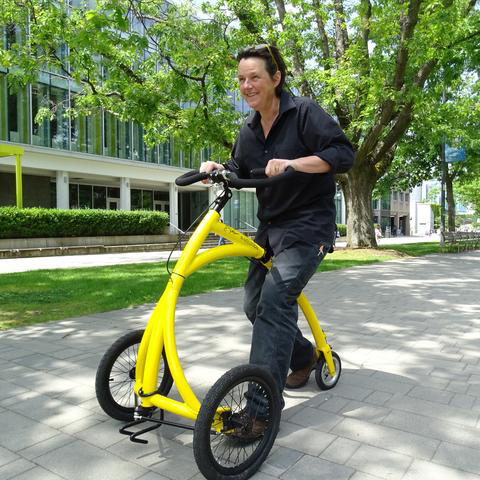
Ok, so how much activity do I really need for substantial health benefits?
The World Health Organization recommends:
If you are between 18-64 years do at least:
- 150– 300 minutes of moderate-intensity aerobic physical activity; or
- 75–150 minutes of vigorous-intensity aerobic physical activity; or
- an equivalent combination of moderate- and vigorous-intensity activity throughout the week, for substantial health benefits (3).
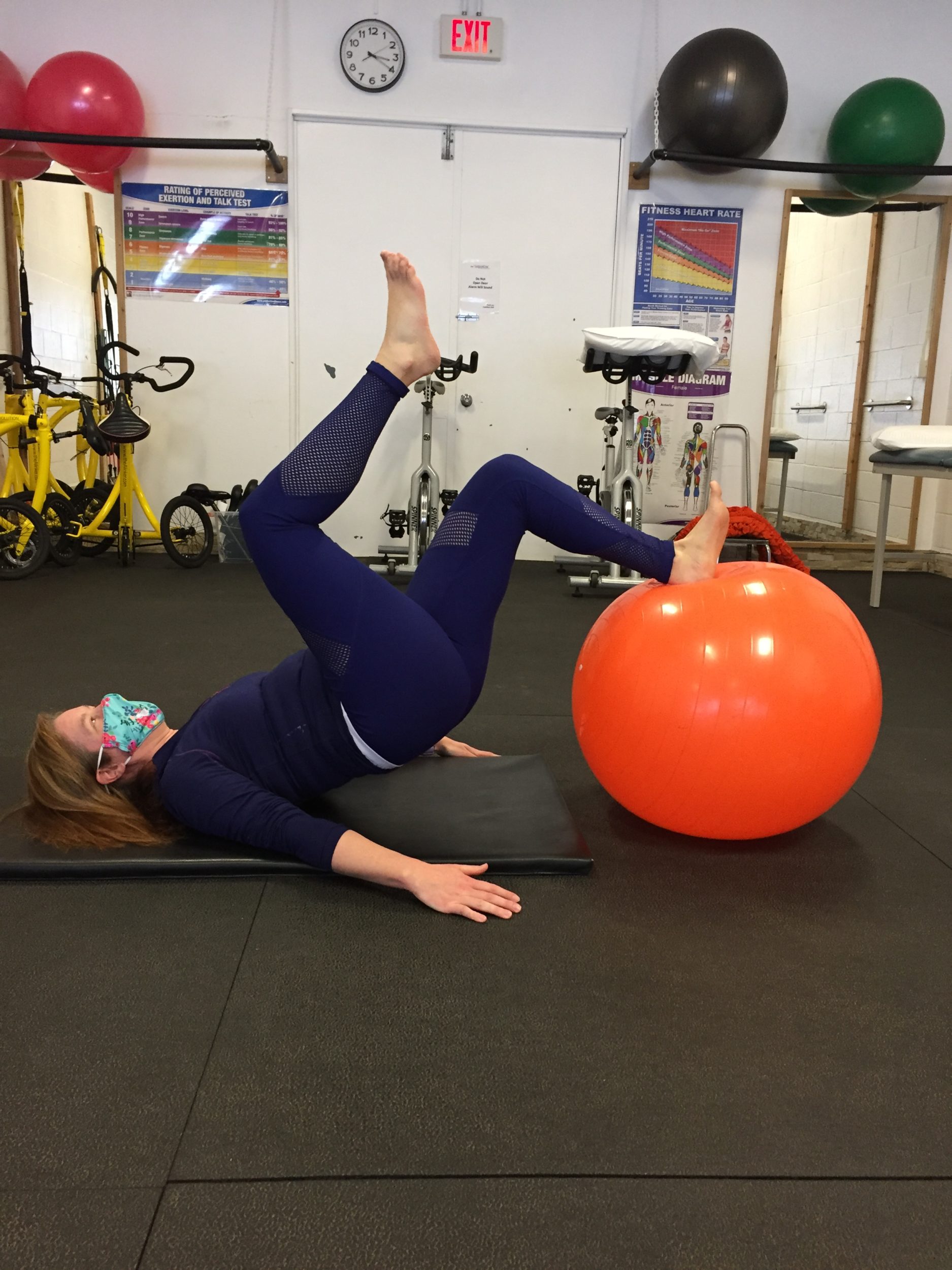
Also you should do muscle strengthening activities at moderate or greater intensity that involve all major muscle groups on 2 or more days a week, as these provide additional health benefits (3).
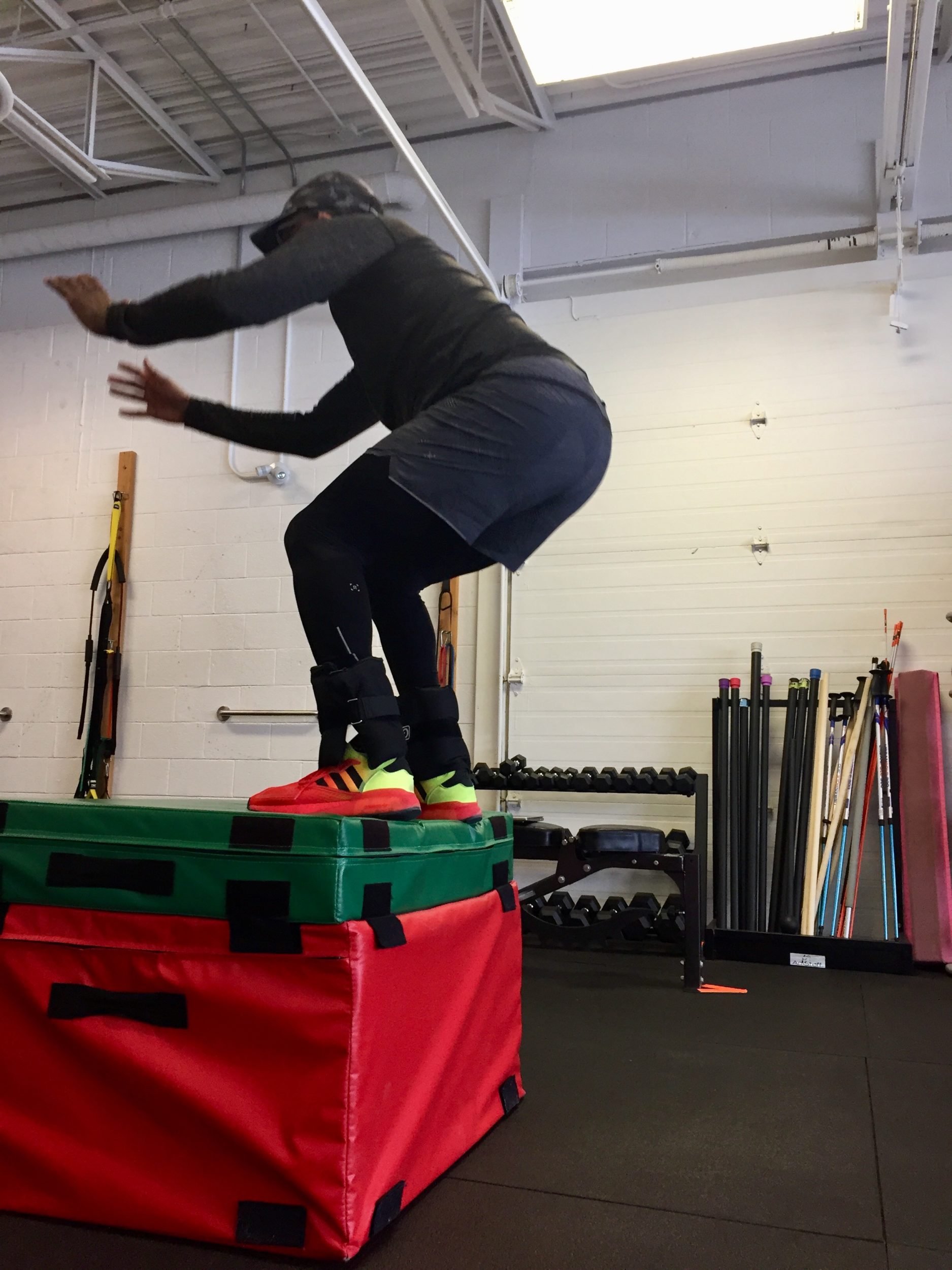
Do the “talk test” if you aren’t sure about how much you should do. If you’re doing moderate-intensity activity, you will be able to talk but not sing during the activity (4).
Here are some examples:
- brisk walking,
- biking on level ground,
- water aerobics,
- general gardening,
- tennis doubles, or
- ballroom dancing (4).
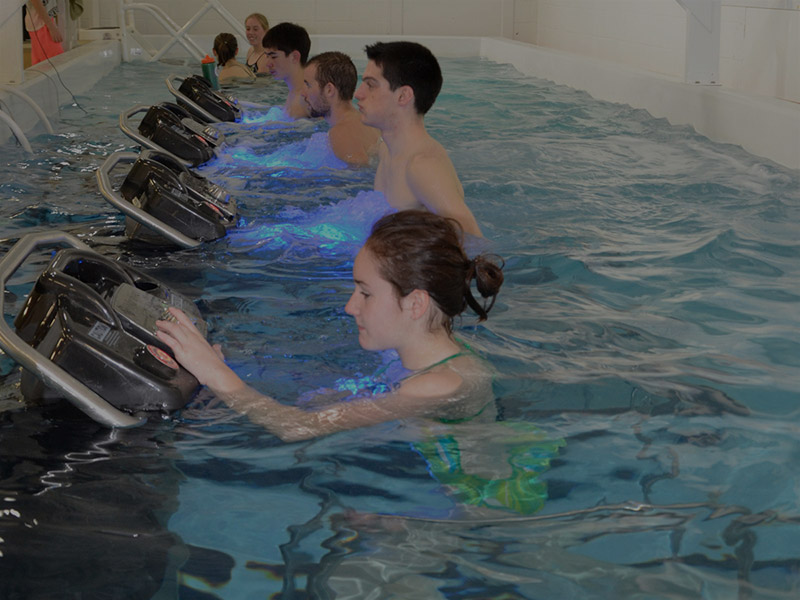
When you are doing vigorous-intensity activity, using the same “talk test” you generally will not be able to say more than a few words without pausing for a breath (4).
Some examples of this:
- jogging or running,
- swimming laps,
- singles tennis,
- dancing,
- biking fast on hills, or
- hiking uphill (4).
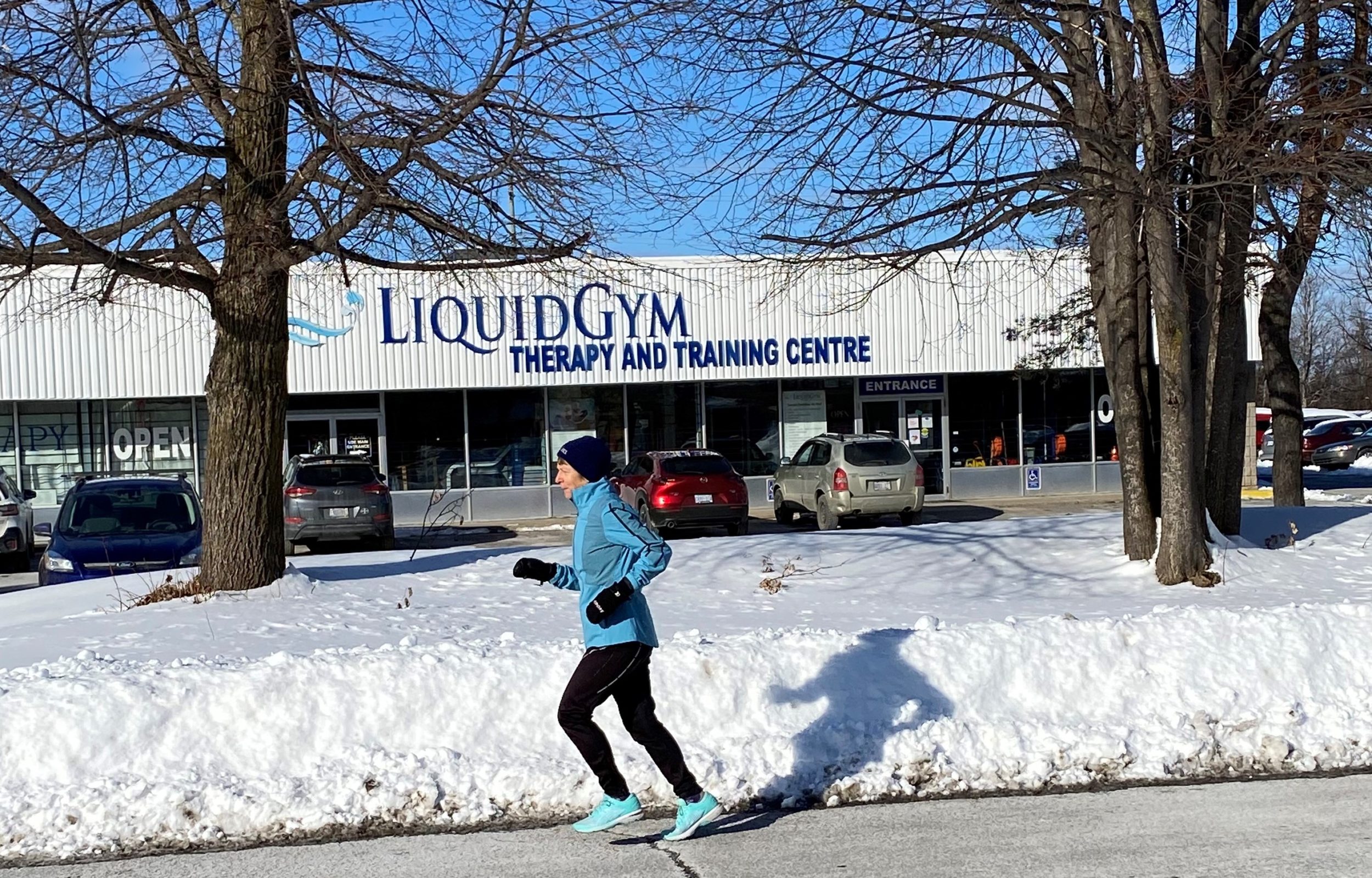
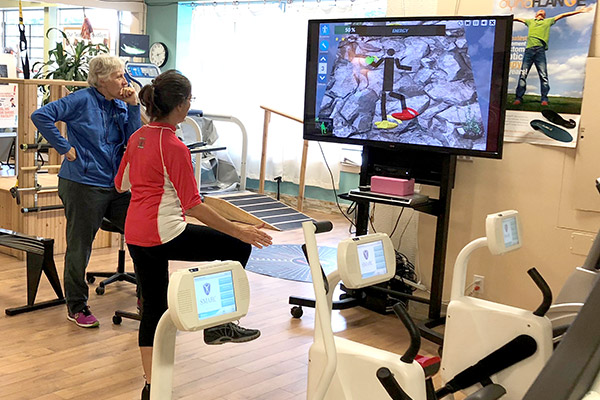
If you are 65 or older part of your weekly physical activity should include balance and strength training this will also help prevent falls (3).
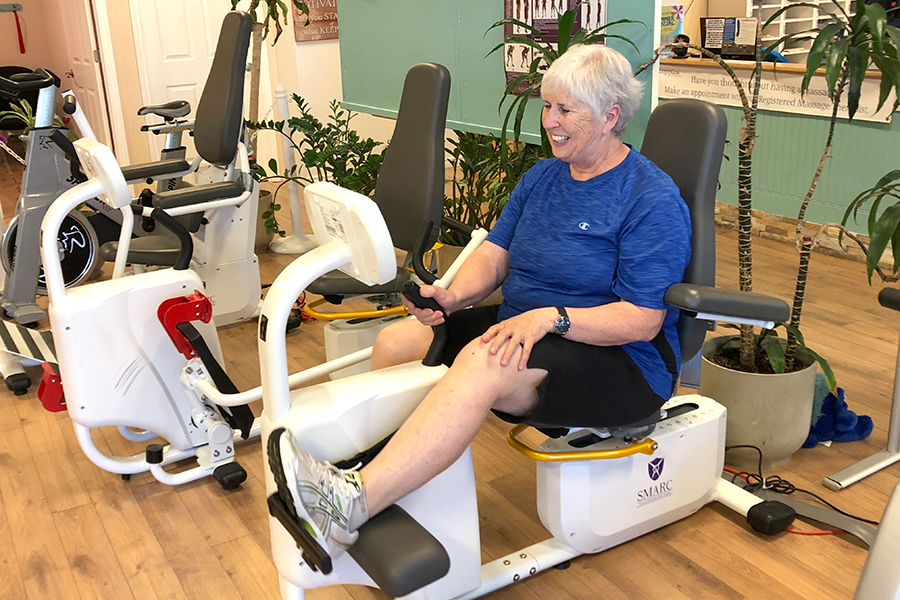
What if I can’t do this?
Don’t worry, if you are not already meeting the above recommendations it’s not expected that you hit these goals right away.
You can start by doing small amounts of physical activity and gradually increase how often, how hard and for how long. Doing even a few minutes of physical activity per day is better than doing nothing.
Tips for getting and staying active:
- Find an activity you enjoy
- Set realistic goals
- Make a schedule and try your best to stick to it
- Find a COVID friendly work out buddy to keep you motivated
- Take the stairs instead of the elevator
- Park further away at the grocery store to get some extra steps in
- Try an online exercise class
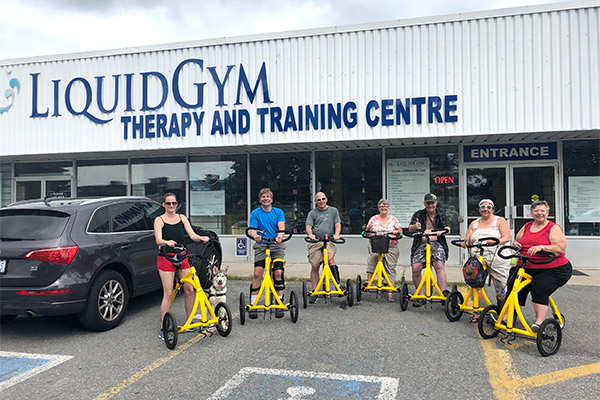
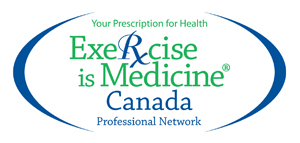
Remember exercise is medicine.
Try and limit the amount of time you are being sedentary as best you can. Replacing sedentary time with any intensity of physical activity will provide health benefits (3).
We all have to start somewhere, and any small amount of physical activity is better than none at all – your body will thank you!
If you need help getting started contact one of our knowledgeable staff at LiquidGym and we would be happy to help.
Phone: 613-820-8228
Email: [email protected]
FAQ’S
1) I have osteoarthritis in my hip/knee, so what activity can I do that won’t make it hurt more?
With a diagnosis of osteoarthritis, activities that reduce the amount of load on your hip or knee would be a great place to start, such as biking or swimming. You should always start in small amounts and increase the intensity and duration gradually. Remember any movement is better than nothing.
2) I have a chronic condition – how should I get started?
Adults with a chronic condition may want to consult with their doctor, a physiotherapist, or other health-care professional to determine the appropriate amount of activity for their individual needs, ability, and functional limitations (3). Depending on your condition, it may be necessary to get medical clearance prior to starting your program.
3) What about physical activity recommendations for kids?
There are new recommendations for children between the ages of 5-17 years old as well as pregnant and postpartum women. You can check out the following link from the World Health Organization for more details: https://apps.who.int/iris/bitstream/handle/10665/336656/9789240015128-eng.pdf?sequence=1&isAllowed=y
References:
1) World Health Organization – Physical Activity: https://www.who.int/news-room/fact-sheets/detail/physical-activity
2) Impact of Physical Inactivity on the World’s Major Non-Communicable Diseases; I-Min Lee, MBBS, ScD, Eric J Shiroma, MSc, Felipe Lobelo, MD, PhD, Pekka Puska, MD, Steven N Blair, PED, and Peter T Katzmarzyk, PhD, for the Lancet Physical Activity Series Working Group. https://www.ncbi.nlm.nih.gov/pmc/articles/PMC3645500/
3) WHO guidelines on physical activity and sedentary behaviour. Geneva: World Health Organization; 2020. Licence: CC BY-NC-SA 3.0 IGO.
4) CDC Centers for Disease Control and Prevention: https://www.cdc.gov/physicalactivity/basics/measuring/index.html
Author:
LIndsay Jonkman
Physiotherapist